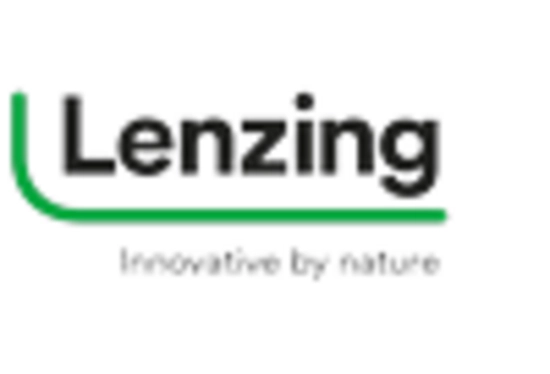Technological Innovations
Technological advancements play a pivotal role in shaping the Viscose Filament Yarn Market. Innovations in production techniques, such as the development of closed-loop processes, are enhancing the efficiency and sustainability of yarn manufacturing. These advancements not only reduce waste but also improve the quality of the final product. In recent years, the introduction of advanced spinning technologies has led to finer and stronger yarns, catering to the evolving demands of the textile industry. As these technologies continue to evolve, they are expected to drive growth in the Viscose Filament Yarn Market, potentially leading to increased production capacities and reduced costs.
Sustainability Initiatives
The Viscose Filament Yarn Market is increasingly influenced by sustainability initiatives. As consumers become more environmentally conscious, there is a growing demand for eco-friendly textiles. Viscose filament yarn, derived from natural cellulose, offers a biodegradable alternative to synthetic fibers. This shift towards sustainable materials is prompting manufacturers to adopt greener production processes, which may enhance their market competitiveness. In 2025, the market for sustainable textiles is projected to reach substantial figures, indicating a robust growth trajectory. Companies that prioritize sustainability in their operations are likely to capture a larger share of the Viscose Filament Yarn Market, as they align with consumer preferences for responsible sourcing and production.
Diverse End-Use Applications
The versatility of viscose filament yarn is a significant driver for the Viscose Filament Yarn Market. This type of yarn is utilized across various sectors, including fashion, home textiles, and industrial applications. Its soft texture and excellent draping qualities make it a preferred choice for high-end garments, while its durability and strength are advantageous in technical textiles. The expanding applications of viscose filament yarn are likely to contribute to market growth, as manufacturers explore new uses in emerging sectors. In 2025, the demand for viscose filament yarn in diverse applications is expected to rise, reflecting the industry's adaptability to changing consumer needs.
Rising Demand for Fashion Textiles
The Viscose Filament Yarn Market is experiencing a surge in demand for fashion textiles. As the fashion industry evolves, there is an increasing preference for luxurious and comfortable fabrics, where viscose filament yarn stands out due to its silk-like feel and breathability. This trend is particularly evident in the production of summer collections and formal wear, where the aesthetic appeal of viscose is highly valued. Market analysts suggest that the fashion sector's growth will significantly impact the Viscose Filament Yarn Market, with projections indicating a steady increase in consumption rates over the coming years. This demand is likely to encourage manufacturers to innovate and expand their product offerings.
Economic Growth in Emerging Markets
Economic growth in emerging markets is a crucial driver for the Viscose Filament Yarn Market. As disposable incomes rise, consumers in these regions are increasingly investing in quality textiles, including those made from viscose filament yarn. The expanding middle class in countries with developing economies is likely to boost demand for fashionable and sustainable clothing options. Furthermore, the establishment of textile manufacturing hubs in these regions is expected to enhance production capabilities and reduce costs. This economic momentum may lead to a significant increase in the Viscose Filament Yarn Market, as manufacturers seek to capitalize on the growing consumer base and their evolving preferences.

















Leave a Comment